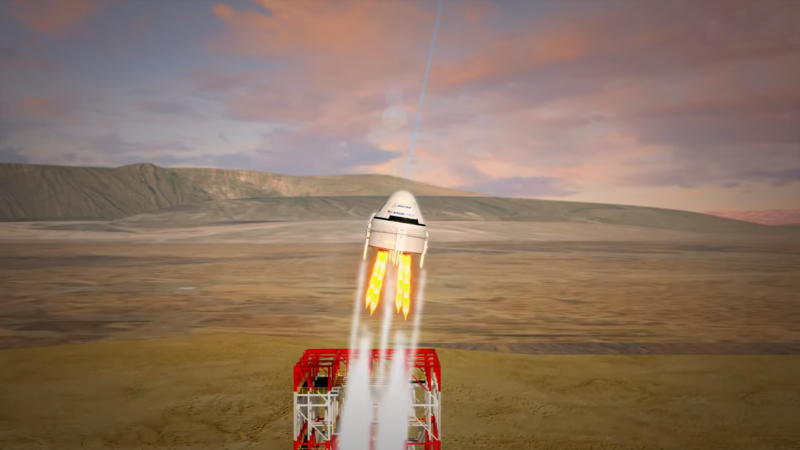
Boeing
On Monday, Boeing will perform a consequential test of its Starliner spacecraft's launch abort system in New Mexico. And thanks to NASA chief Jim Bridenstine, it will be shown live.
"At my request," Bridenstine tweeted, the test will be shown live on NASA Television. "Transparency for the taxpayer." NASA is paying Boeing $4.2 billion for development of Starliner and up to six operational missions to carry astronauts to the International Space Station.
Boeing had apparently planned to record the test, but did not intend to broadcast it live until Bridenstine intervened. "A livestream of the Starliner Pad Abort Test is something we've been considering and planning for and are fully prepared to support at the request of our customer," Boeing's Rebecca Regan told Ars.
Boeing plans to conduct the test during a three-hour window, which opens at 9am ET (14:00 UTC) Monday at White Sands Missile Range in New Mexico. During this test, the four main abort engines at the base of Starliner's service module will ignite and burn for several seconds, pushing the spacecraft off the launch pad. After this, smaller orbital maneuvering and reaction control thrusters will fire and eventually re-orient the spacecraft into a tail-first attitude.
During the test, the spacecraft will reach an altitude of just less than 1.5km. After this, the spacecraft's parachute system will deploy, and the service module will be jettisoned before Starliner lands back on the nearby desert floor. With the test, Boeing aims to show NASA its spacecraft is capable of escaping from its Atlas V launch vehicle during an emergency and safely return the crew to Earth. The entire test should last less than 90 seconds.
CST-100 Starliner Pad Abort Test Animation
Boeing had originally planned to conduct a pad abort test during the summer of 2018. However, during a hot fire test of Starliner's abort motor, four of eight valves remained "stuck" rather than closing when they should have. This led to a leak of hydrazine, which caused a significant setback for the company as it studied the problem and implemented a fix.
Now the company has a busy period lined up. After Monday's test, Boeing will pivot toward final preparations of the first orbital flight test of Starliner. This uncrewed mission is scheduled for December 17. That test is contingent on rolling Starliner out to United Launch Alliance's integration facilities at Cape Canaveral in mid-November to stack Starliner on top of an Atlas V rocket.
